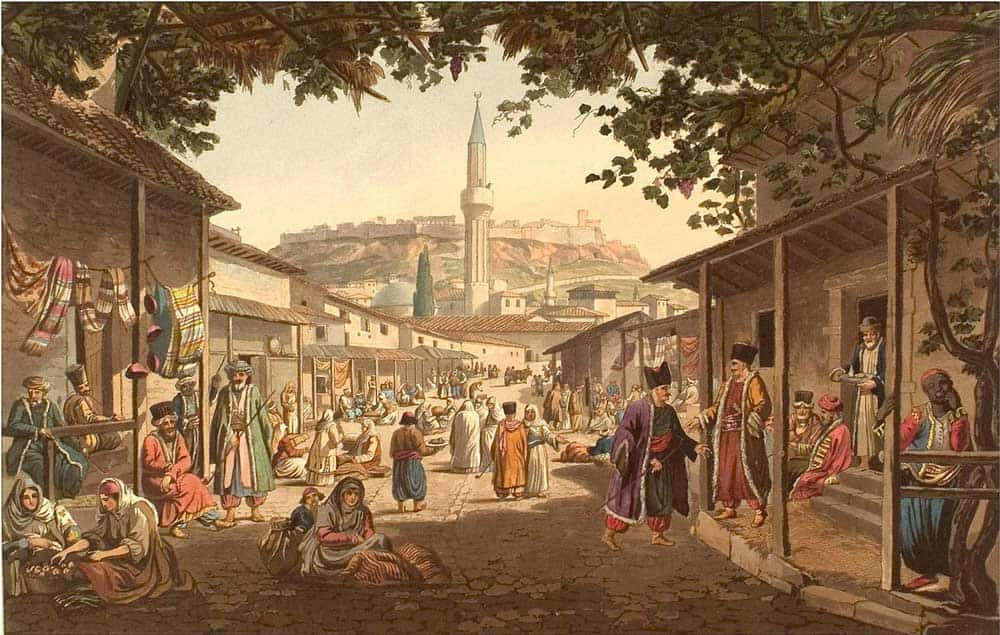Muhammad’s Successors – The Four Caliphs
Let’s have a look at the era of the four Medina-based Caliphs or “Rightly Guided Caliphs”, in the time immediately after Mohammed passed away.
The first Caliph, Abu Bakr
By the time of Muhammad’s death in 632, Islam had become a dominant power in the Arabian peninsula. Muhammad’s successors (the four caliphs) were appointed by the Muslim community to carry out the leadership and rule of Islam throughout the Arabian peninsula and other parts of the world.
The four caliphs were more political figures than spiritual leaders. By military force the first caliph, Abu Bakr, brought all the tribes in the Arabian peninsula under the rule of Islam. These tribes had been divided after Muhammad’s death.
The second Caliph Omar
Under the second caliph Omar or Hadrat Umar Farooq (634 – 644) a phenomenal expansion began, which continued for about a hundred years. The Muslim armies defeated the armies of the Sassanian (Persian) and Byzantine empires. The Muslims then swept through the area that is present-day Iraq and Iran to Central Asia (Bukhara and Samarkand) and the Punjab. They conquered all the Asiatic territories of the Roman Empire except Anatolia (modern Turkey). Northward they occupied Syria, and Damascus was the capital of the Umayyad Dynasty (661 – 750). They conquered Egypt and moved across North Africa and into Europe, ruling most of Spain. Their move into the West was stopped in 732 by Charles Martel at the Battle of Tours in France.
Remarkable Growth
Within a hundred years after Muhammad’s death, Islam became an empire in which Allah and the laws of Islam were established in Africa, the Middle East and Asia. Only Europe would remain virtually untouched.
The third Caliph Othman and division
After the assassination of Othman or Hadrat Uthman, the third caliph, in 656, increasing tension arose within the Muslim community. This ended in a civil war and division which still exists up to this present day throughout the Muslim world.
The fourth Caliph Ali and the Shiites
The Shiites, the followers of Ali, the fourth caliph and first convert to Islam, became strong opposers of the Umayyads (the tribe from which the third caliph came). The power struggle between these two Muslim groups continued after Ali’s assassination in 661 by his former followers called Kharijites.
The killing, hatred and division went on as Yazid, the son of Mu’awiyah of the Umayyad Dynasty, massacred Hussein, the son of Ali, with his family in 680. This event is remembered every year during the Islamic month of Moharram by Shiites.





which masjid is this
I have been involved in Christian Apologetics for several years and when the incident of 9/11 occurred it prompted me to do an intense research of the Islamic faith and ideology. Your ministry contains great information and I agree very much that we need to pray for the souls of Muslims and this too has been an endeavor that I am involved in.
i would like to minister to Muslims it is important that we show them that all the rules and regulations of Islam will not save them but Christ will